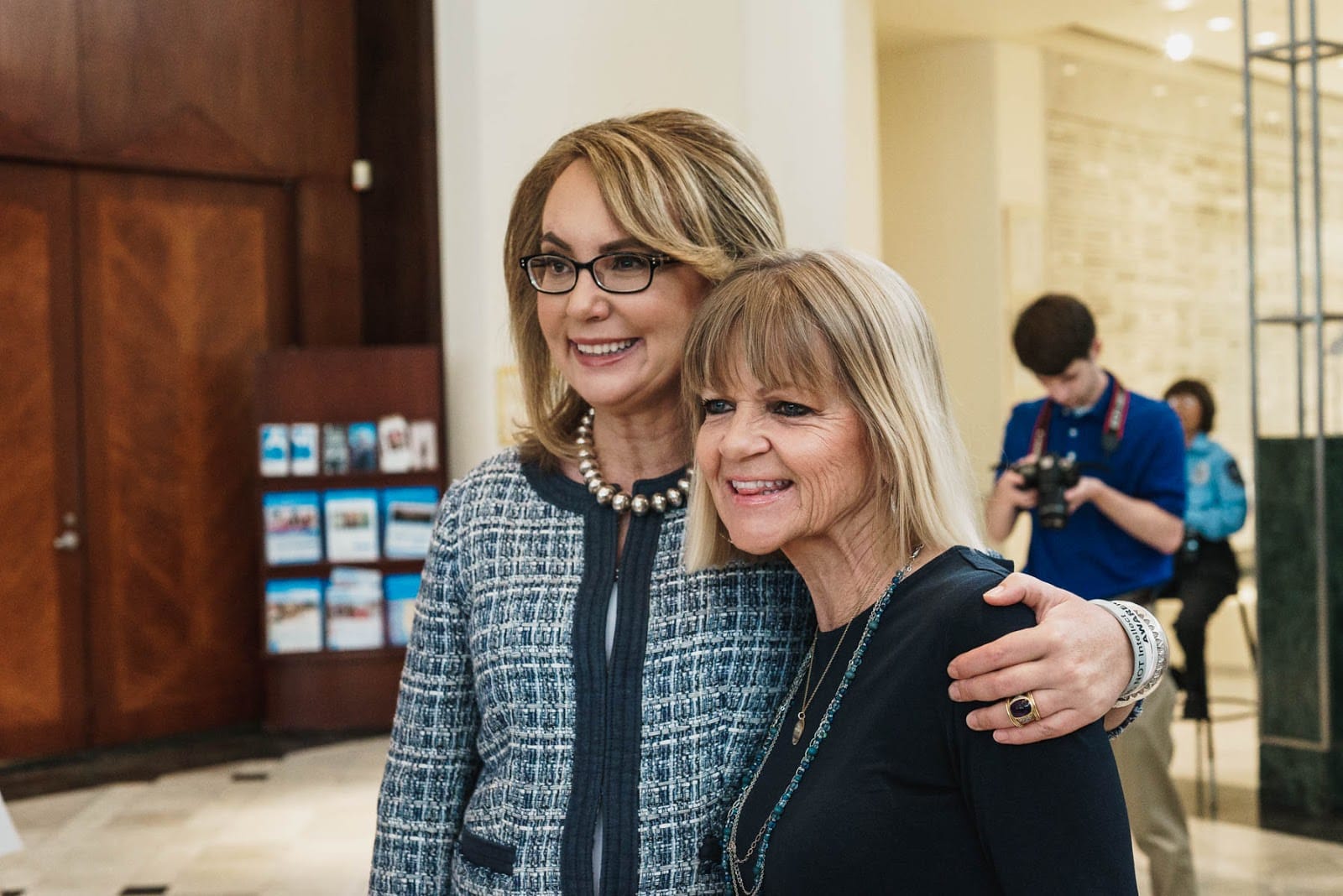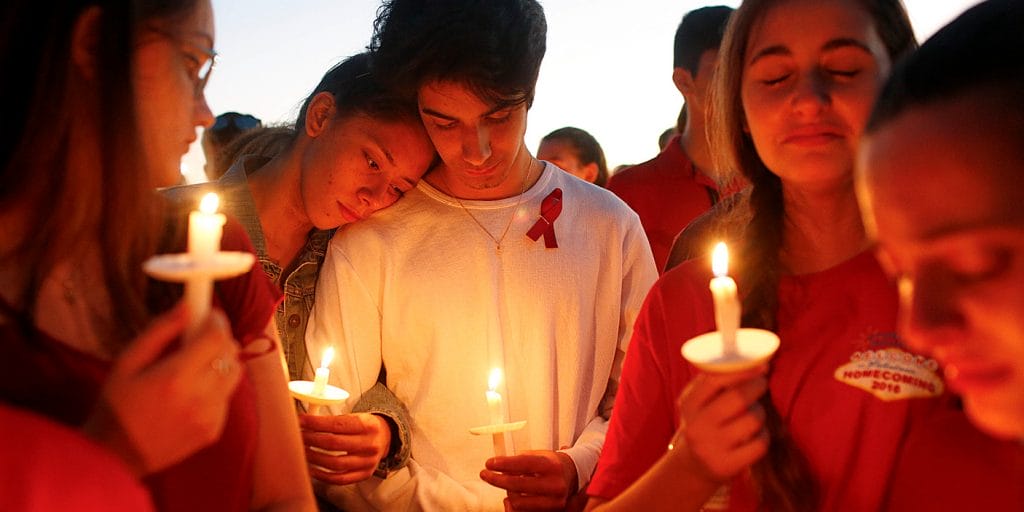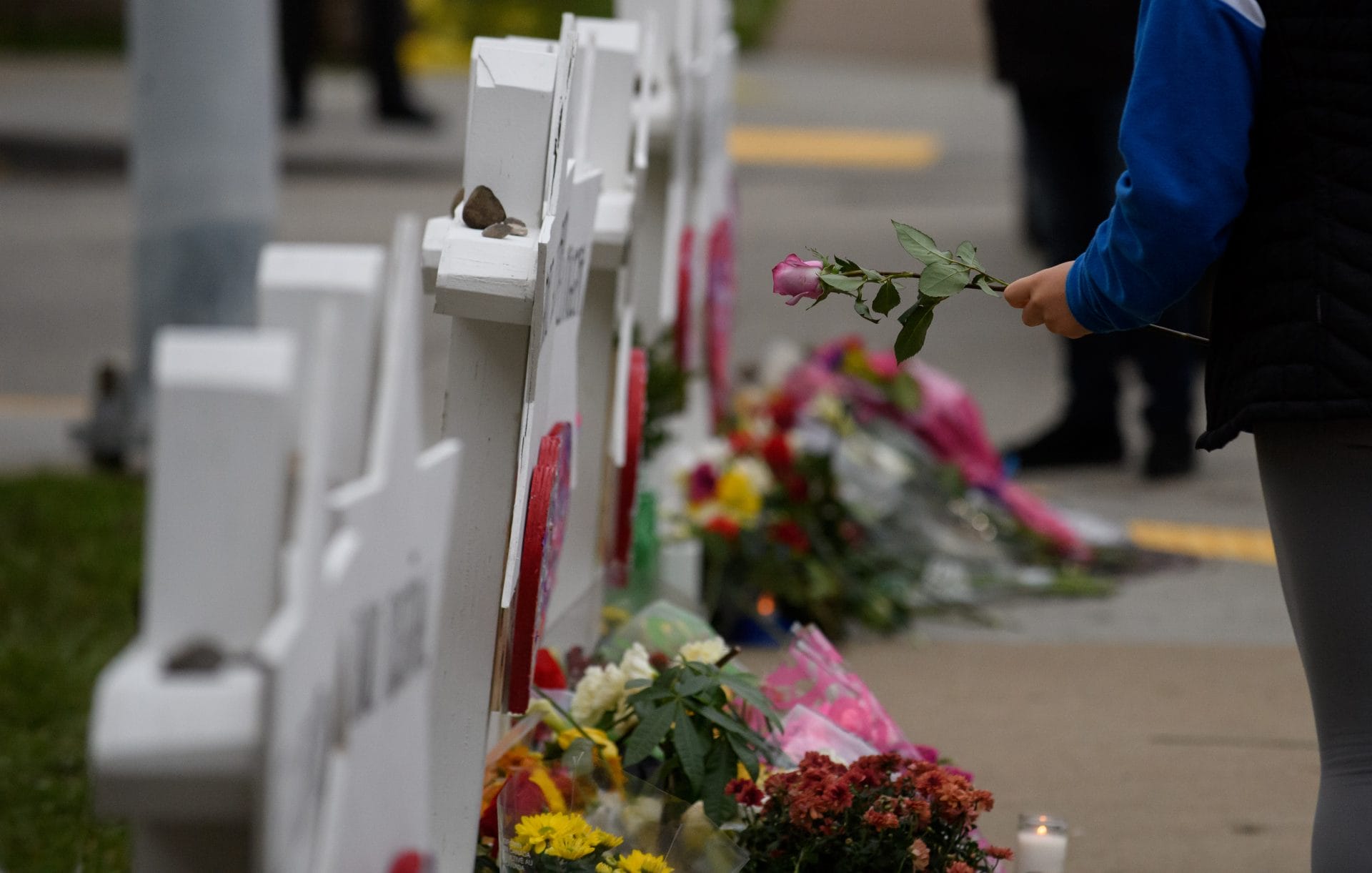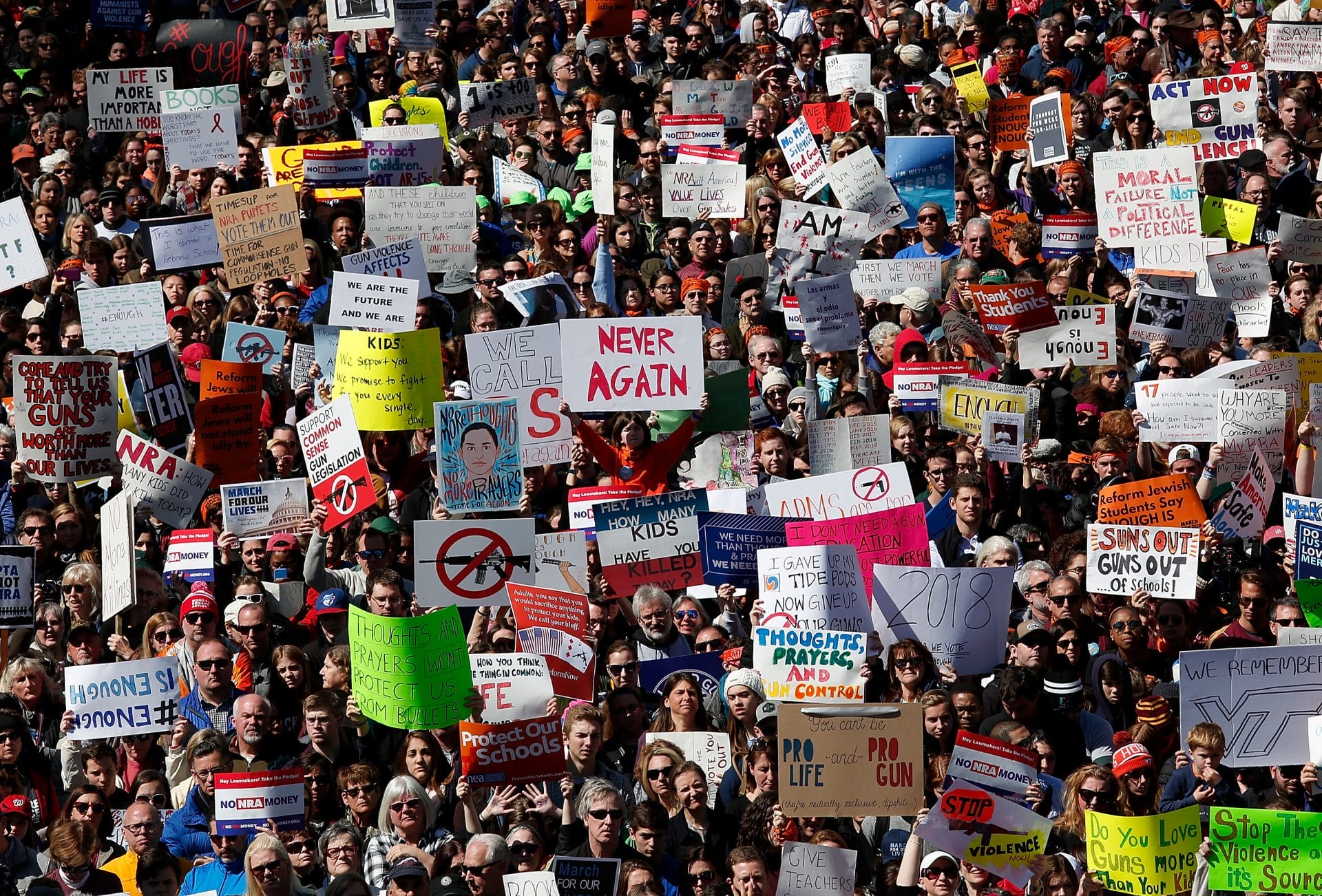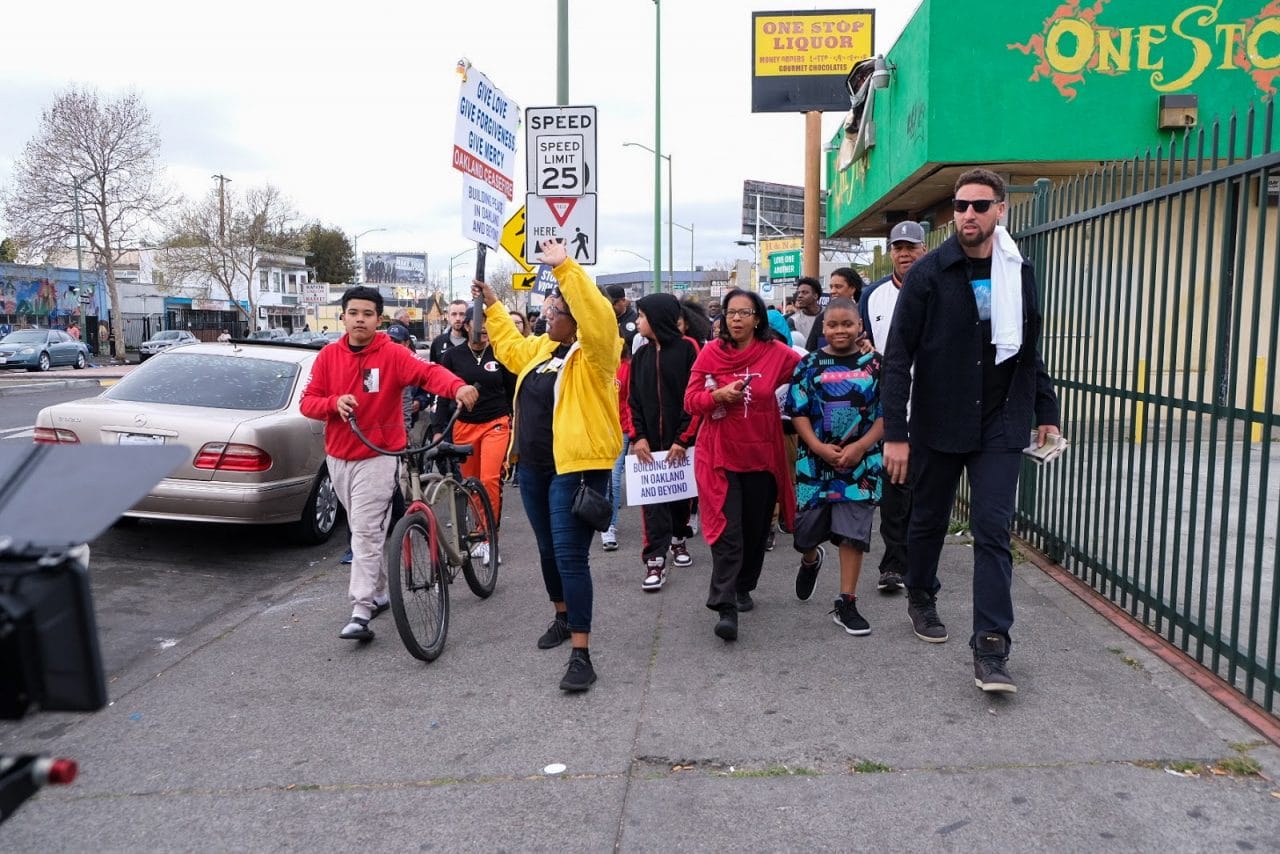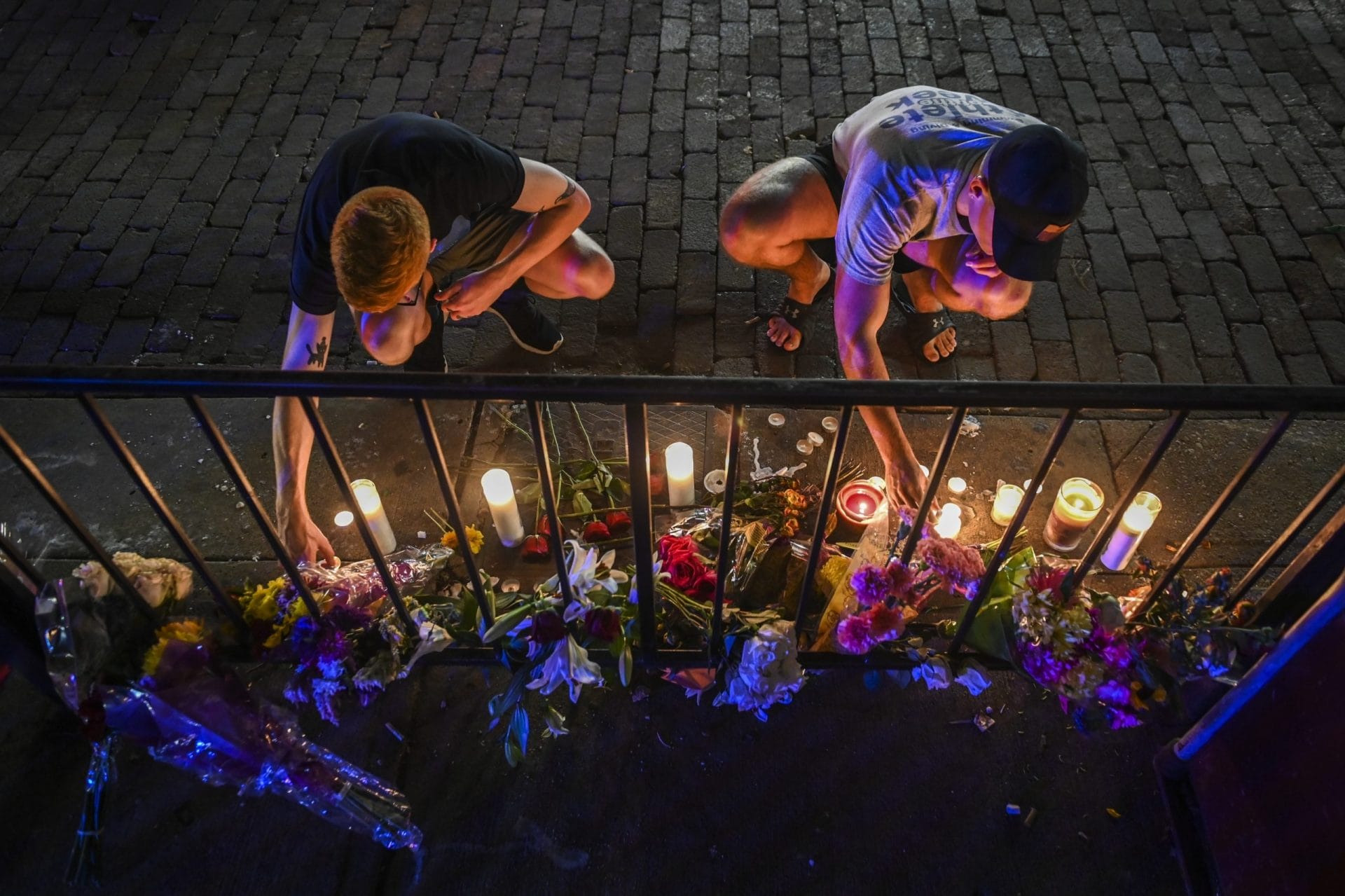
Mass shootings and the fear surrounding them permeate American life. We must create a safer future for our children.
There are more mass shootings than days in the year in the United States. That means that at least once every day, there’s a shooting in which at least four people are injured or killed.
Mass shootings have happened at movie theaters, concerts, synagogues, churches, ballrooms, grocery stores, schools, parades, nightclubs, and offices. No public place feels safe—because of our nation’s weak gun laws, no place is safe.
Mass shootings are nowhere near as common in other countries, which means that accepting their prevalence is a policy choice. We need to make a different choice.
Why This Matters
Lunar New Year is meant to be a time of celebrations and new beginnings. But on January 21, 2023, a gunman turned a Lunar New Year’s Eve celebration at Star Ballroom Dance Studio in Southern California into a scene of tragedy and devastation.
Star Ballroom Dance Studio was a fixture of Monterey Park’s Chinese community. On the night of January 21, 50 or 60 people had gathered there to dance and mark the occasion with friends and family.
At first, patrons thought the “pop-pop-pop” sounds they were hearing were fireworks. When they realized a gunman was shooting a semiautomatic pistol, some scrambled to hide under tables around the ballroom’s perimeter. Others fled—some into nearby establishments, others into a bystander’s car. The shooter fired 42 rounds in a matter of minutes, killing 11 people and injuring 10 others.
The shooter then headed to Lai Lai Ballroom & Studio in Alhambra, where Brandon Tsay wrestled the gun away from him before he could do further harm. His courage undoubtedly saved an untold number of lives. But we shouldn’t ask civilians to put their lives in danger by disarming active shooters, as courageous bystanders also did on January 8, 2011, when Gabby Giffords was shot along with 18 others in Tucson, Arizona.
Months later, the owner of the Star Ballroom Dance Studio said she would likely not reopen her studio, which she’d run for 10 years. “It’s hard to get rid of all these bad memories,” she said. She still hasn’t returned to dancing.
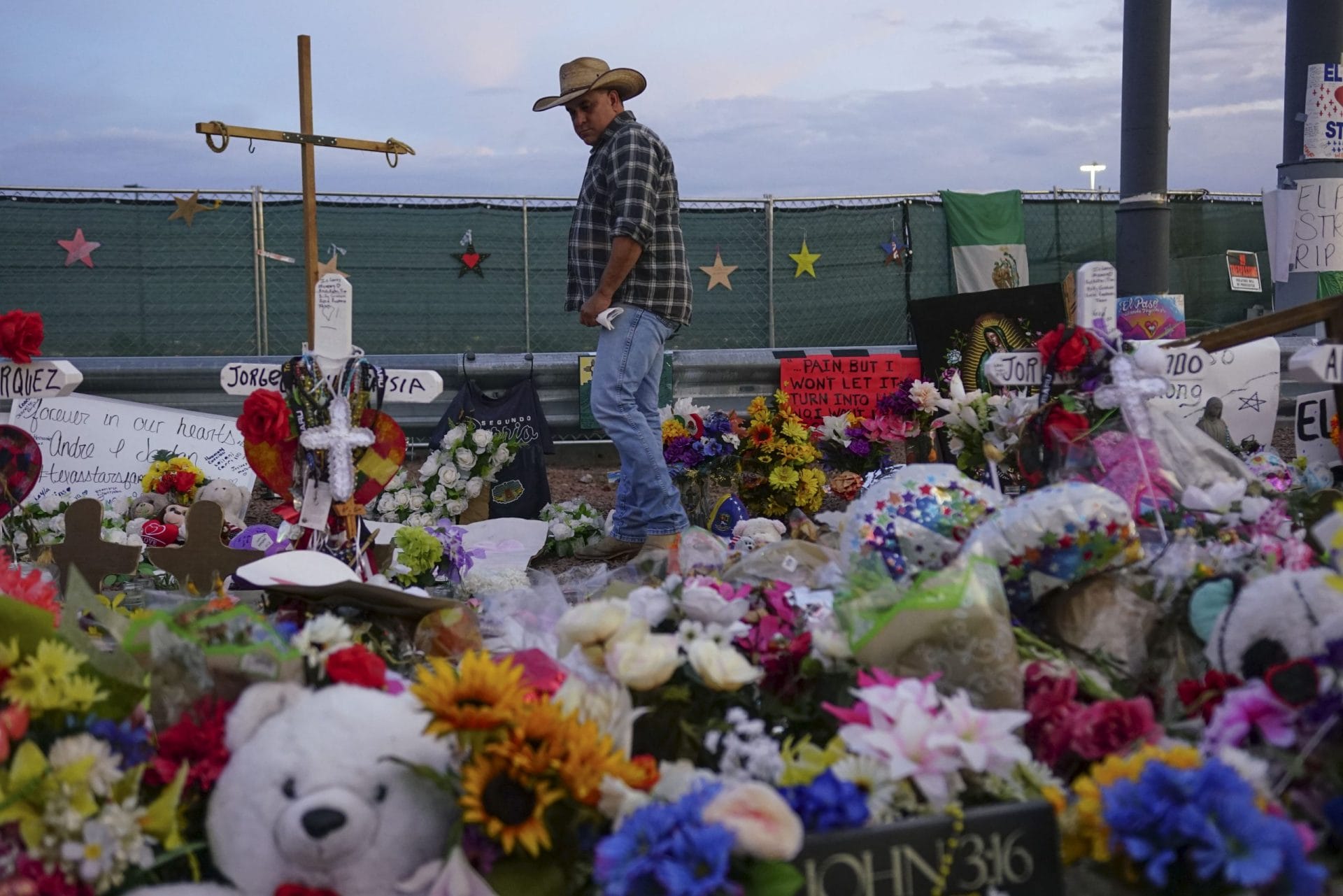
The Problem
Even though mass shootings make up a small percentage of annual gun deaths, they receive far more media attention than any other aspect of America’s gun violence crisis and often dominate the national conversation around gun violence.
For years, after every mass shooting, the gun lobby and the politicians they’ve bought and paid for told Americans not to “politicize” mass shootings. Instead, they sent thoughts and prayers to victims while refusing to take action, blaming mental health, violent video games, and even doors for our country’s mass shooting epidemic. Eventually, public attention would drift away, and calls for reform would fade. In recent years, as these shootings have become more and more common, demand for change has mounted.
Despite what the gun lobby wants people to believe, these shootings are not inevitable, and they’re not the price of freedom. Mass shooters often show warning signs before they act, as the Parkland shooter did. Dangerous loopholes in our gun laws allow people legally prohibited from possessing guns, like the Charleston shooter, to easily obtain them.
Because gun laws vary so widely state to state and assault weapons and large-capacity magazines are extremely easy to obtain, mass shooters are able to exploit these weaknesses over and over again to inflict mass casualties on our communities.
Other industrialized nations have similar rates of mental illness and access to violent video games, but the United States has a tragic monopoly on mass shootings. We must not let this stand.
THE FACTS

Mass Shootings Per Day
Source
Based on calculations made by Giffords Law Center staff. “Mass Shootings,” Gun Violence Archive, <a href=”https://www.gunviolencearchive.org/mass-shooting”>https://www.gunviolencearchive.org/mass-shooting</a>.
Source
Charles DiMaggio et al., “Changes in US Mass Shooting Deaths Associated with the 1994–2004 Federal Assault Weapons Ban: Analysis of Open–source Data,” Journal of Trauma and Acute Care Surgery 86, no. 1 (2019): 11–19.

School shootings on the rise across America
Source
David Riedman, K–12 School Shooting Database, (2023), https://k12ssdb.org/all-shootings.
A Decade of Mass Shootings
In the past 10 years, there have been over 4600 mass shootings in the United States.
The Solution
No single gun law will stop every mass shooting or every act of gun violence. But there are proven policies that will make our country safer—we just need leaders with the courage to enact them.
- Closing loopholes in our federal background checks system. An estimated 22% of US gun owners acquired their most recent firearm without a background check. Closing these loopholes will help ensure that prohibited purchasers, including individuals with domestic abuse and felony convictions, can’t access deadly weapons.
- Closing loopholes in our domestic violence laws. An analysis of more than 700 mass shootings committed over the past six years revealed that nearly two-thirds were related to domestic violence. While the Bipartisan Safer Communities Act (BSCA) signed into law in 2022 represented an important step towards addressing these loopholes, we must take further action to protect victims and survivors of domestic violence.
- Passing and strengthening extreme risk laws. An FBI study of the pre-attack behaviors of active shooters found that the average shooter displayed four to five observable and concerning behaviors over time. Extreme risk protection order laws empower those who know the individual in crisis best to petition the court for an order temporarily restricting their access to weapons. One year after the BSCA’s passage, 46 states had been awarded funding under the Byrne State Crisis Intervention Program that could be used to pass or strengthen extreme risk laws.
- Banning large-capacity magazines. Using a large-capacity magazine, the shooter in the 2017 Las Vegas massacre was able to fire 100 rounds in just 10 seconds. Banning these dangerous accessories would make Americans safer: from 1994 to 2004, when the federal large-capacity magazine ban was in effect, mass shooting fatalities were 70% less likely compared to the periods before and after the ban.
- Regulating assault weapons. After the federal assault weapons and large-capacity ammunition ban lapsed in 2004, there was a 183% increase in high-fatality mass shootings and a 239% increase in deaths from such shootings. Banning the production of new assault weapons and regulating existing assault weapons under the National Firearms Act would put them in the same category as machine guns, which are rarely used in crimes.
If we truly want to end the epidemic of mass shootings, we need to focus on evidence-based solutions supported by the majority of Americans. And that’s exactly what fuels our fight.
OUR STORIES
We’re youth activists, survivors, doctors, and gun owners. We’re united in the fight to end gun violence.
Read More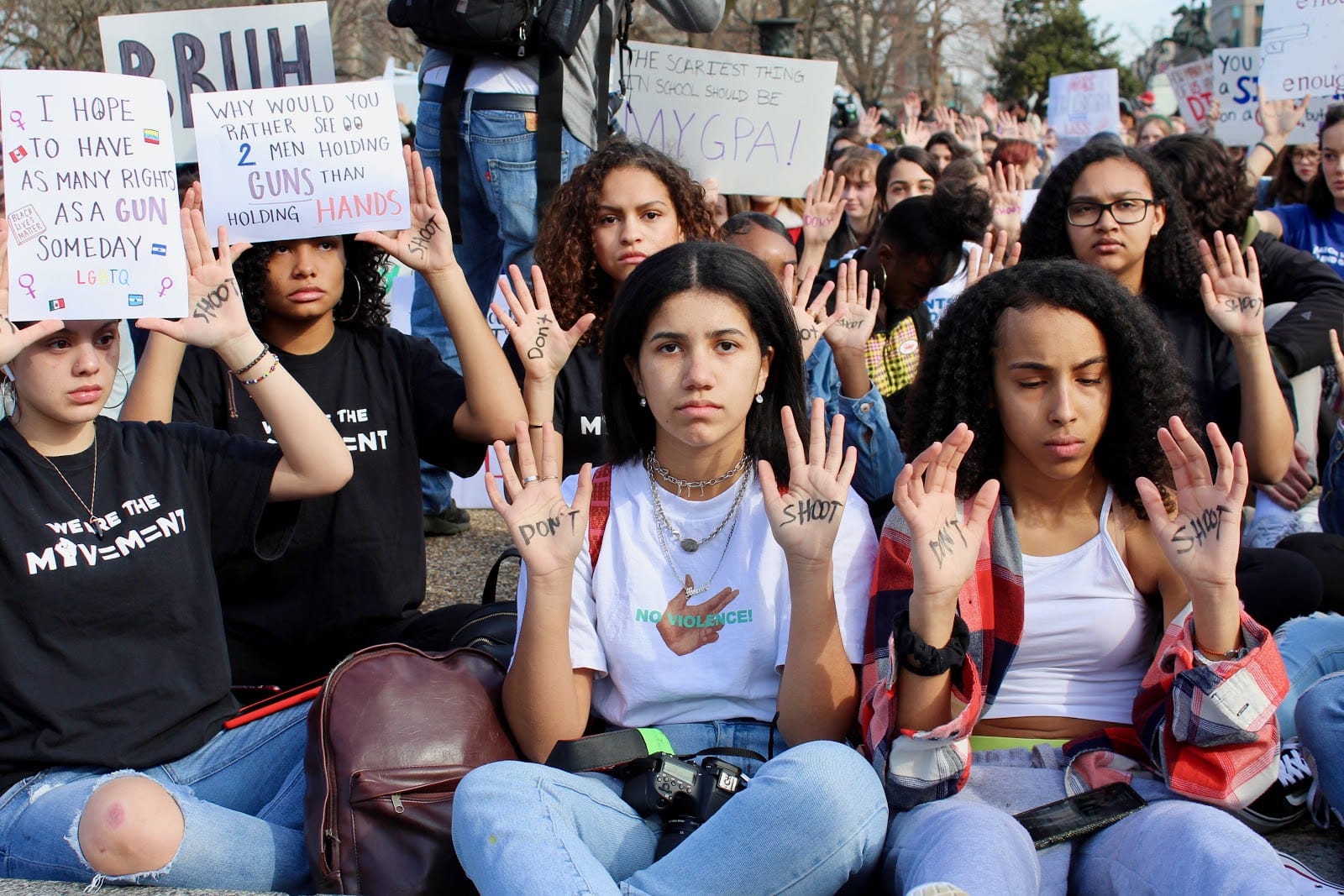
What Giffords Is Doing
GIFFORDS is fighting hard to enact policies proven to save laws from gun violence. Since the mass shooting at Sandy Hook Elementary in December 2012, we’ve helped pass more than 620 gun laws in nearly every state in the nation. We also fought for and are helping to ensure the effective implementation of the Bipartisan Safer Communities Act (BSCA), the first piece of federal gun safety legislation in nearly 30 years.
The BSCA included a number of critical provisions intended to prevent mass shootings and gun violence overall, including enhanced background checks for individuals aged 18 to 20, funding for extreme risk protection orders through the Byrne State Crisis Intervention Program, funding for community violence intervention strategies, addressing the dating partner loophole, defining firearms trafficking, funding for school-based intervention and prevention programs, and clarifying language around gun dealer licensing.
This marked important progress, but our fight is far from over. We’re fighting to close the background check and domestic violence loopholes, pass extreme risk laws in every state, ban large-capacity magazines, and regulate assault weapons. And we’re succeeding: 21 states have passed extreme risk laws, most of them in the aftermath of the tragic shooting in Parkland, Florida.
The gun lobby isn’t letting up, pushing dangerous policies like permitless carry and Stand Your Ground laws that have been proven to do more harm than good. But we won’t let their fear-mongering and false logic win out over common sense and courageous action.
Mass shootings like those at Buffalo and Uvalde outrage Americans and galvanize gun safety supporters, but we must not rely on an endless cascade of high-profile tragedies to yield change. We must make this change happen ourselves, with the support of courageous leaders unafraid to put the safety of their constituents above gun lobby profits.
SUPPORT GIFFORDS
We’re in this together. To build a safer America—one where children and parents in every neighborhood can learn, play, work, and worship without fear of gun violence—we need you standing beside us in this fight.
